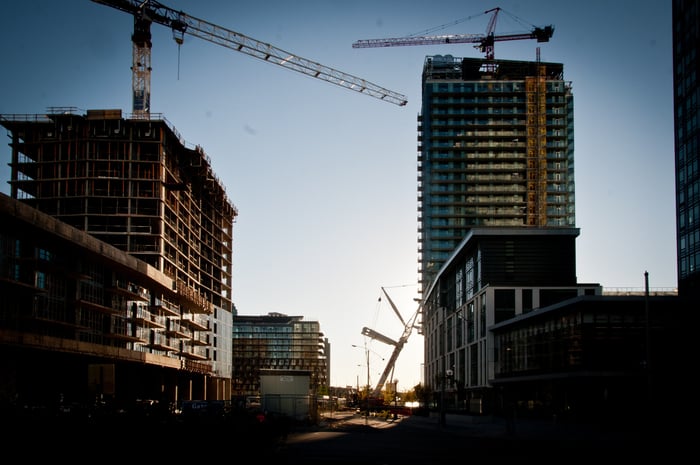No matter where you go in New York, you are likely to see a crane standing out in the skyline. While they’re an everyday occurrence, cranes are constantly moving. The crane you see today is likely to pick up and move to a new project soon. They are practically a symbol of the city’s ongoing development and growth.

Familiarity sometimes breeds complacency. The vehicles are commonplace, but they are not immune from accidents. Before beginning on the next project, construction workers have to keep these areas in mind:
Inspection
Before the crane begins work at any destination, inspection is crucial. Everyone is accountable for safety. In case of an accident, crane inspectors, operators and others can be liable for what happens.
The Occupational Safety and Health Administration (OSHA) has compiled numerous fact sheets detailing the inspection process. Approval is not only legally required, but it erases several concerns the operators might have before activating the machine.
Communication
Arguably one of the most important aspects of operating a crane is communicating with the other workers to ensure that the process goes as smoothly as possible.
To accomplish this, the number of workers required has increased over the years. It aids the operators to have different people at multiple angles to tell them how close they are to their destination.
Weather
Cranes will have a harder time operating under specific conditions. As beneficial as not having a cloud in the sky can be, the OSHA fact sheets also warn about operating in warm climates to avoid heat related illnesses.
The biggest weather problem construction workers must worry about is wind. A recent example of this occurred in February 2016 when a crane collapsed from high winds, resulting in one death and three injuries. Since then, there has been an increase in regulations to preserve the safety of workers and pedestrians on gusty days.
Work Environment
Fences and signs must be installed around the construction site to prevent non-construction workers from going near the crane. The workers must restrict access to an appropriate radius around the area so bystanders will not be at risk of falling debris.
The crane itself should have stable grounding without being too close to hazardous equipment such as power lines or electrical cables. If the ground itself does not have balanced footing, the workers must bring mats or artificial roads to place under the machine to guarantee a safer operation.
Prioritizing Safety
The majority of crane accidents happen because of human error. Operators often overload cranes to get the job done faster for the client. This can result in the crane collapsing, dropping the materials and falling apart.
The construction workers and crane operators should know the crane’s limitations and try not to go past that. Even though timely completion is important, the workers’ safety, as well as the efficiency of the job, should take top priority. Rushing the crane and putting too much pressure on it not only risks the lives of everybody on the job site, but it can also ruin all the hard work they have put into a project and cost millions of dollars.





